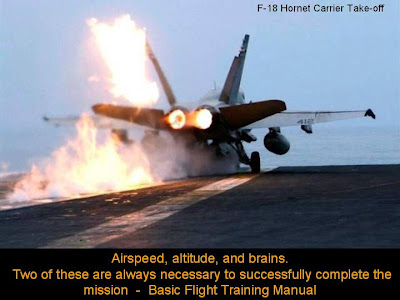Saturday, April 30, 2011
Thursday, April 28, 2011
Tuesday, April 26, 2011
The HP VT21 4-stroke RC model plane engine
HP History Lesson:- Located in the town of Hirtenberg south of Vienna, Austria, HP's primary business as an ammunition factory dates back to 1860.
The first model engine was the .61 had a bell type rear rotary valve and Schnuerle porting design, both were unheard features of in the 1960's. Soon the .61 evolved into a front intake version which proved to be more suitable for conventional model airplanes.
With the success of the .61, the HP .40 soon followed and gained a wide following which its descendant today still carries.
Throughout the 1970's a full line of engines soon to be known as the most advanced and highest quality were in full production.
In the early 1980's the Austrian government took ownership of the munitions factory. During this time development began on a series of 4 stroke engines with a unique rotary valve design. These proved to be the quietest and most fuel efficient engines ever produced.
During the late 1980's the engine production was neglected as it was such a small portion of Hp's business.
In 1990, after years of negotiation, RJL was able to purchase the model engine department from Hirtenberger and move the engine production to Southern California.
Hirtenberger AG, Austria is still in the business of manufacturing ammunition and munitions and is no longer affiliated with the model engine production.
The HP engine line, name and HP logo were obtained in 1990 from Hirtenberger AG, Austria. HP model engines are no longer associated with Hirtenberger Patronen munitions company in Austria.
View a short video clip featuring the VT 4 stroke engine:-
View a short video clip featuring the VT 4 stroke engine:-
Design Features:-
Ringed-ABC construction • Double ball bearing supported crankshaft • Rotary Valve porting
| |||||||||||||||||||||||||||||
Personal Observations:-
I acquired my VT21 in a closeout sale from MECOA (RJL) in the early 1990's and I was very impressed by the outward quality of the engine as well as its unique design features. I was anxious to mount it in a model and test it in the air. Finding a suitable model proved to be an almost impossible task. The first subject was a scale Curtiss Jenny JN4 and I did manage a takeoff and a very short flight which was terminated early because of lack of power.
The high weight and lack of power severely limited the number of possible model candidates to use with this engine. I eventually choose an electric model by Carl Goldberg called the the Electra. After a couple of flights with the Electra the VT21 became too difficult to start due to rapid loss of compression and was retired to spend the rest of it's life sitting on a shelf.
Carl Goldberg Electra 78 inch 48 ounce
Saturday, April 23, 2011
Thursday, April 21, 2011
Wednesday, April 20, 2011
Tuesday, April 19, 2011
Saturday, April 16, 2011
Friday, April 15, 2011
Friday, April 1, 2011
Subscribe to:
Comments (Atom)











































